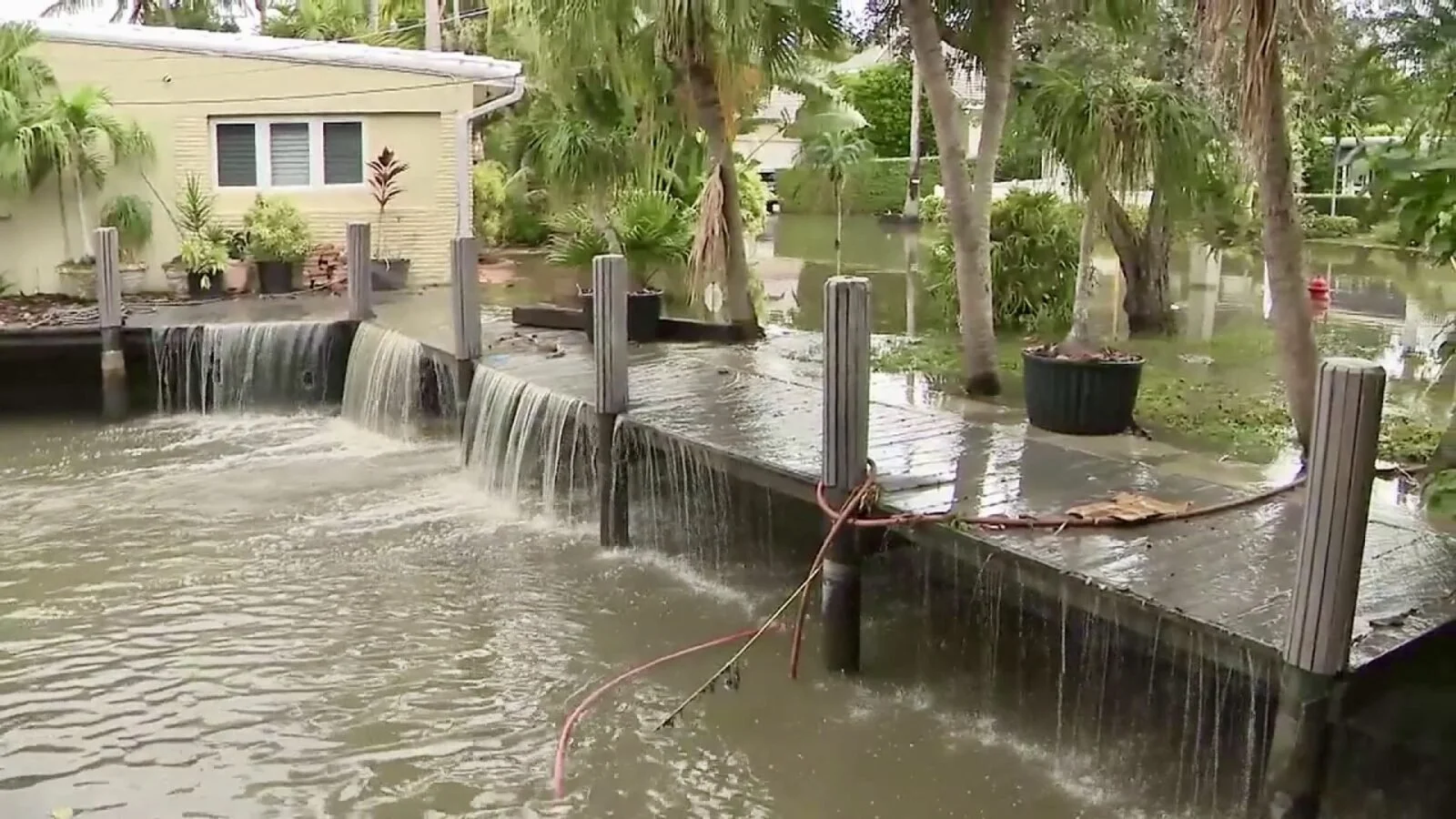Planning for the failure of a major pipeline is like planning for the worst nightmare you have yet to have. The consequences of infrastructure and especially pipeline failures are often difficult to predict, with potential for disruption to households and businesses, business closures, clean-up costs, potential safety and health hazards, and the environment.
What are the worst-case scenarios of pipeline failures?
Corrosion represents 20-30% of pipeline failures. A study from NACE International estimates the annual direct cost of corrosion for the water and wastewater industry is $36 billion. This cost includes replacing extremely corroded lines; lost water from cracks and breaks; and response tactics. Further, a pipeline failure can have a far-reaching impact on the immediate and adjacent environment leading to safety concerns, illness, death, and generational and permanent effects.
What are the community cost implications of a pipeline failure?
Who cleans up the mess, and who pays the bill? The cost implications are born by the owning municipality, the community, and many 3rd parties, making measuring the total financial impact of pipeline failure by event difficult. Edward Alan Ambler, P.E., helps us get closer in his article, The Economics of Water Main Failures, in which 3 failure scenarios are compared with a cost breakdown by major line items. In these scenarios, we see how failures can range in cost impact from the thousands to millions of dollars by failure incident. From the analysis, Ambler makes the case that reactive pipeline replacement simply isn't cost-effective when compared to a proactive program.
What are the environmental impacts of pipeline failures?
Most communities cannot afford to absorb the cost of a pipeline failure, neither can the pipeline environment. In the case of sewer overflows, the surrounding environment "chokes" on the contaminated water that contains bacteria and viruses. Sewer overflows often contain high levels of suspended solids, pathogenic organisms, toxic pollutants, oil, and grease. These pollute rivers and streams and contribute to turbidity increases in waterways, which harm aquatic fish, plants, and the ecosystem.
It pays to manage ahead of the worst-case scenario of pipeline failures
Take a proactive approach to pipeline maintenance and protect your communities' assets. At V&A, we are passionate about protecting our communities and providing resources from pipeline failure. During our 40 years of service to our customers, we've found smart utility companies employ these best practices for pipeline failure protection and response.
V&A's Recommended Best Practices for Proactive Pipeline Protection
Best Practice |
Resource |
|
Review and Reference Emergency Response Plans Conduct Regular ERP Training |
Pipeline and Hazardous Materials Safety Administration Emergency Response Plan 2020 Pipeline Association for Public Awareness Training Resources |
|
Consolidate, Capture and Consult Pipeline Data to the most proactive approach |
Data Science drives improved responsiveness to pipeline cleaning and maintenance |
|
Conduct Pipeline Condition Assessments |
Site and Condition Assessments provide for visual inspection and condition assessments |
|
Proactive Pipeline Replacement and Protection |
Pipeline Coatings, Corrosion Engineering and Cathodic Protection |
If you feel like you are falling behind on your pipeline failure response and your service area is at risk, you can count on V&A to help. We help teams manage ahead of costly nightmares from pipeline failures. From assessment to response and ongoing monitoring and process improvements, we design and deploy pipeline protective services for municipalities, manufacturers, corporations, and in partnership with service providers. We serve you in protecting all your communities' resources. Be proactive with your pipeline protection now.



